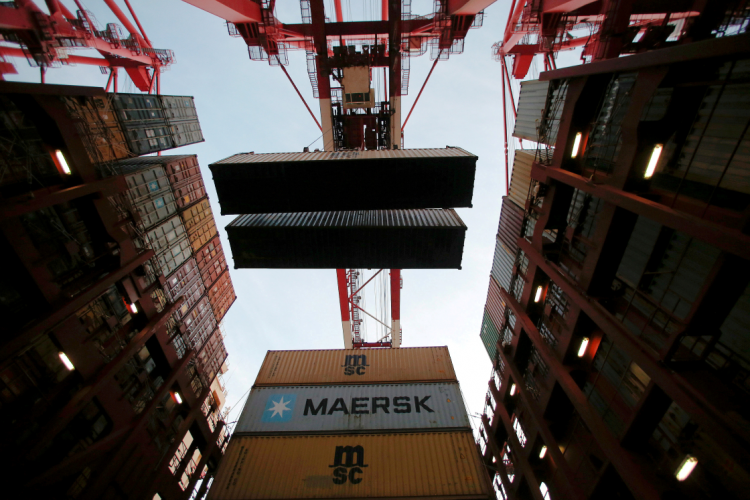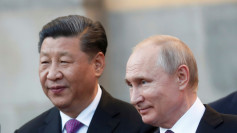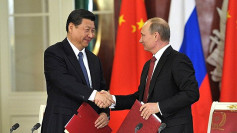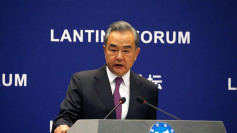China is expected to accelerate its current stimulus measures after imports fell the most in nearly three years in May, indicating continuing weak domestic demand.
Overall imports for May fell 8.5 percent, the sharpest drop since July 2016. Analysts had forecast an import reduction of only 3.8 percent. China's exports for May rose 1.1 percent year-on-year compared with market expectations for a modest decline despite higher U.S. tariffs on Chinese exports.
On the other hand, China's overall trade surplus for May surged to $41.65 billion, or twice the $20.5 billion expected by economists polled by Reuters.
As for the United States, China's trade surplus with this country increased to $26.89 billion in May from $21.01 billion in April, according to data from the General Administration of Customs (GAC). This figure was also a four-month high.
Exports to the U.S. fell at 4.2 percent in May after plunging 13.2 percent in April, which was the result of steeper U.S. tariffs. China's imports of U.S. merchandise plummeted 26.8 percent in May compared to May 2018, also because of higher tariffs.
Economists said China's better-than-expected export data for May will fuel fears a longer and costlier U.S.-China trade war will drag on, pushing the global economy towards recession by 2020.
They also said China is now relying more and more on fiscal stimulus than in past downturns due to high levels of debt from past stimuli. The current stimulus involves fast-tracking infrastructure projects, cutting corporate taxes and increasing export tax rebates.
Stimulus measures, however, have failed to accelerate growth to satisfactory levels. Factory activity in May weakened more than expected amid tepid demand at home and abroad.
China's foreign exchange reserves posted a surprise rise in May, indicating the People's Bank of China (PBOC) has intervened only modestly to cushion the recent fall in the yuan. PBOC has reduced banks' reserve requirements (RRR) six times since early 2018 while lowering interest rates.
At the same time, the central bank keeps urging banks to lend more while keeping sufficient liquidity in the banking system.
Analysts are convinced China will provide even more stimulus in the months ahead to bolster economic growth amid Trump's trade war that show no signs of ending this year.
In April, China's overall trade surplus came to $13.8 billion, far below the projected $35 billion. Analysts said the slump was partly due to an unexpected rise of 4 percent in imports, and the unexpected fall of 2.7% percent in exports for April.






